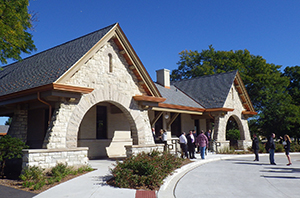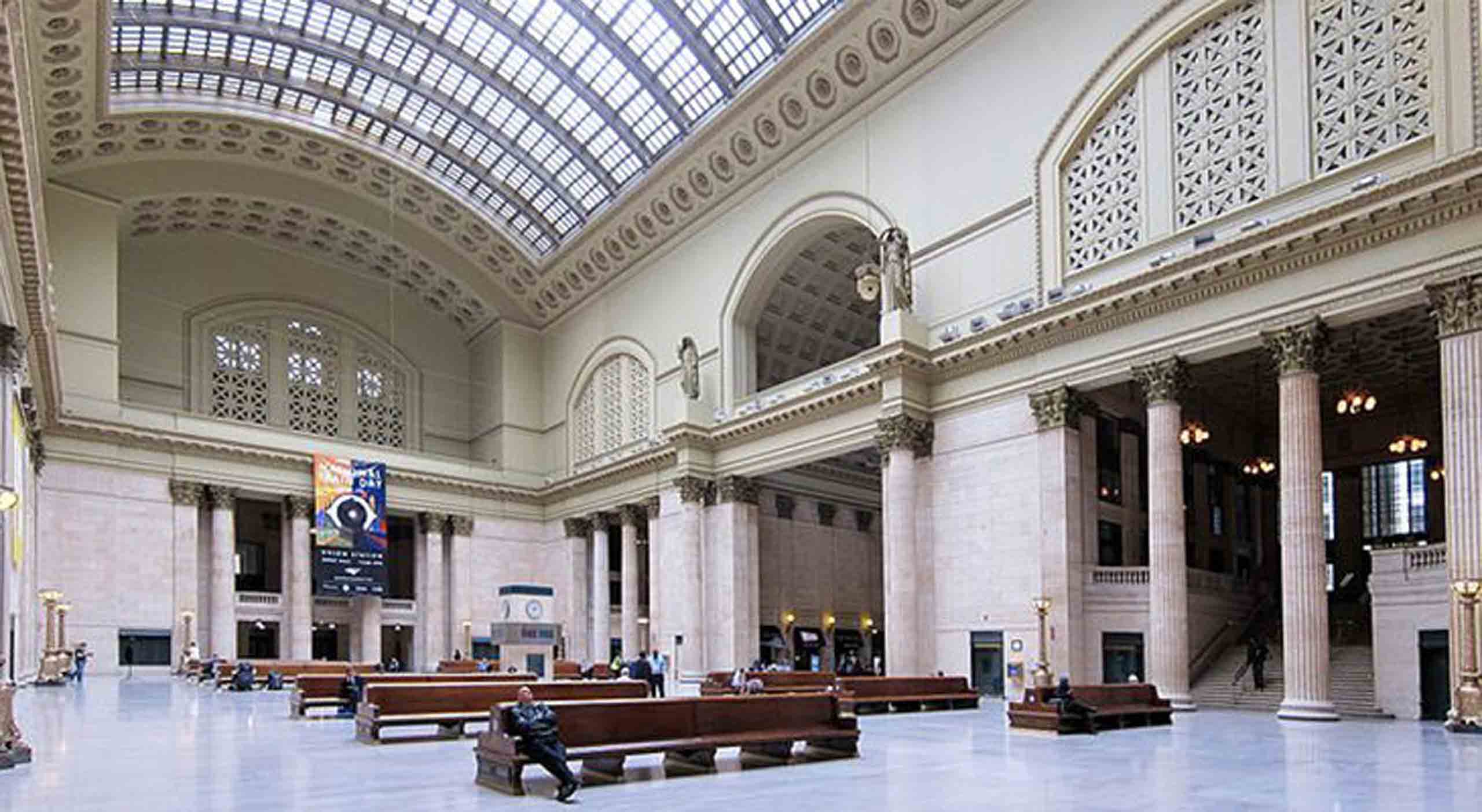
A brief history of the rise, fall, and resurrection of train station architecture and the challenges it faces today
Over the last two centuries, one of the most pivotal influencers of Midwestern architecture has been rail transit. Many of our most prominent cities still revere the grand train stations that celebrate the glory of the rail era. However, with the introduction of the automobile, train travel (and therefore quality of train station design) took a major hit. But there is good news: with the increasing focus on transit-oriented development and carbon footprint reduction, rail travel and train stations are poised to make a major comeback, albeit by overcoming a few obstacles.
The Advent of Rail
Before the invention of the train, people had two options for land travel: horse or foot. A trip from one major city to another required putting their lives on the line and, in some cases, spending an entire summer trying to arrive at their destination before the weather worsened.
Along came rail transit in the early nineteenth century. Suddenly, intercity travel became much safer and more efficient. What previously took a month could now be done in a week or less. This changed the way people and society operated.
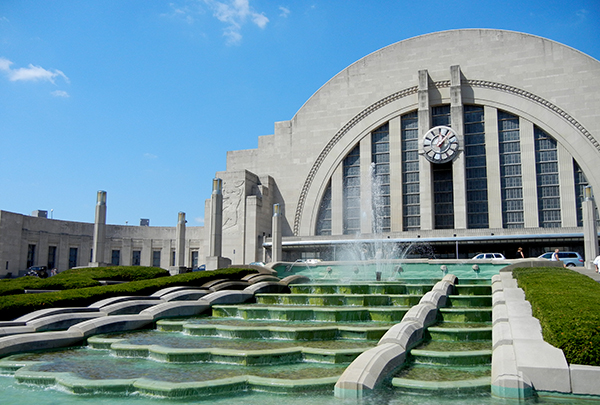
Palaces of Pride
The introduction of rail travel meant people no longer wandered into cities by any old path; rather, most travelers entered cities via the same line, and there to greet them was the monumental train station.
Architects, inspired by the rail system’s efficiency and universal impact, put their all into these new entry points to cities. As palaces of civic pride, stations formed people’s first impression of a city. Stations defined communities and, in some cases, continue to do so. The classic example is New York’s Grand Central Station, where movement is constant and people-watching is an art. On a smaller scale, the Stone Avenue Train Station, built in 1901, still serves as a beloved architectural icon that serves as a gateway into the community of Village of La Grange, Illinois.
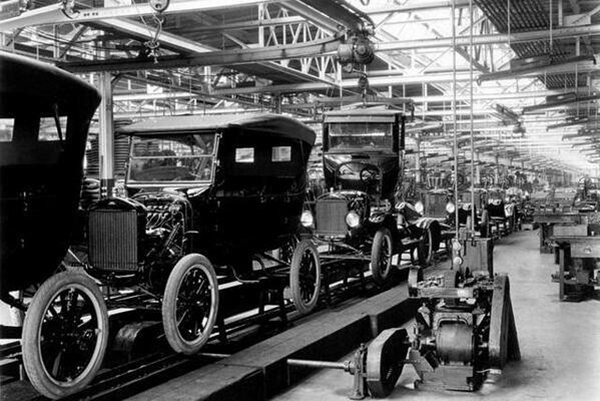
An Auto-driven Devolution
According to Duke University Libraries, the American rail industry reached its peak in 1920, when it transported more than a billion people. However, at the same time, automobile manufacturers were cranking up production: Ford Motor Company assembled 14 million Model Ts between 1913 and 1927 (Hofstra University).
Americans, enticed by the freedom and comfort of automobile travel, bought more cars. Interest and resulting financial support for traditional train travel waned. Rail lost its appeal and therefore, train station quality took a nosedive. Design became strictly utilitarian. Architects were forced to settle for something less. In the late 1940s and early 1950s, train stations became backwaters with no sense of arrival. The problem has persisted, as many commuters experience train stations that are little more than glorified sheds.
A poignant example of how the auto industry obliterated rail travel is the demise of the North Shore Line, an electric line that connected Chicago and Milwaukee. By 1926, the line enabled passengers to move between the two cities in under two hours. It was an easy, cost-effective, and eco-friendly way of getting where you wanted to go. Alas, powerful automobile companies used their massive coffers and influence to do away with this line, thus forcing more people to drive. The line suffered another major blow when construction of the Edens Expressway finished in 1951. By 1963, the North Shore Line had closed. For a closer look at the North Shore Line, along with an impressive overview of Chicago’s transit history, see Terminal Town by Joseph P. Schwieterman.
Sadly, many outside interest groups today continue to enact policies that are not in the best interest of public transit (and therefore the environment). From a governmental perspective, this must be especially frustrating because community members are far more likely to interact in train stations than they are in public municipal office environments. People use train stations every day!
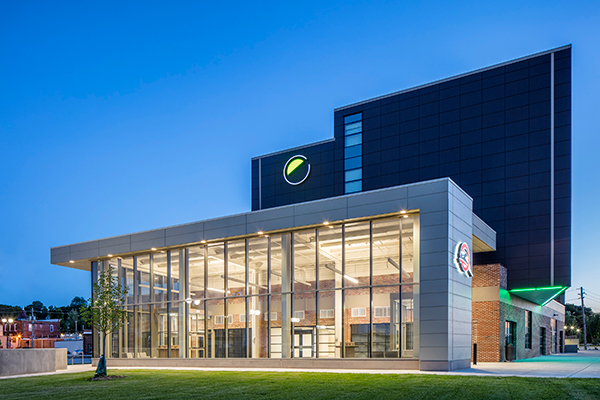
Train Station Rebirth
The current emphasis on mass transit, urban mobility, and reducing automobile travel has sparked a revival of train travel, especially in metropolises. People love activity. As such, the train station is becoming much more than a place to catch a train.
Cities throughout the Midwest are creating architecturally significant transit-oriented developments or multimodal facilities that not only create a rail gateway into the city, but also provide dining, entertainment, and lodging. This all done in the interest of creating 24-hour, active environments and ensuring the economic viability of the development.
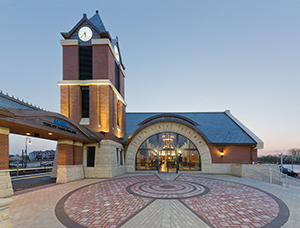
The recently completed The Q in Moline, Illinois is a multimodal facility including a grand hall, a hotel, and restaurants. It is poised to usher in high-speed rail that connects the Quad Cities area of Illinois and Iowa to downtown Chicago.
Tinley Park, a community 30 miles southwest of Chicago, built two stations that celebrate the community’s rich rail heritage. One of them, the 80th Avenue Train Station, features a full-service kitchen as well as a plaza for community events. The station has even hosted banquets and wedding receptions.
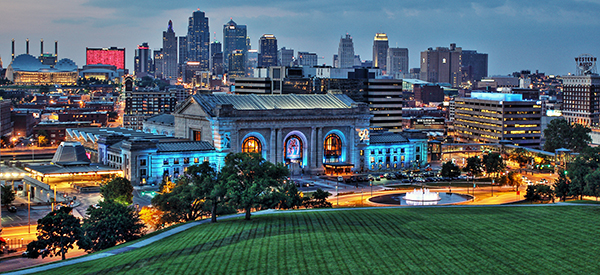
A Note on Design Style
There is somewhat of a disconnect between communities and architects when it comes to the design of traditional-looking stations. Community members lean toward traditional design because, in their minds, stations have always looked that way so they should continue to do so. Architects, on the other hand, tend to move beyond traditional design to create an architectural expression that reflects our time and place.
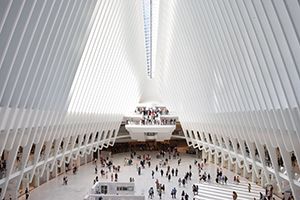
The same can be said for art. Society generally feels comfortable with established norms of artistic “beauty” (i.e., a Calder mobile, a Grant Wood landscape painting, or a Rembrandt portrait). However, the artists themselves are constantly seeking new expressions that move beyond current norms and reflect the time and place in which they live. That’s true of architecture, too: people feel secure in environments that they can relate to and they readily understand. However, that’s not always the case. For instance, New Yorkers have embraced Santiago Calatrava’s ultramodern World Trade Center Transportation Hub, initially called the Oculus.
Regardless, it’s safe to say that the architectural community agrees a well-designed station, whether traditional or contemporary, is far preferable to a utilitarian stripped-down box. I’ve been in new train stations that feel like shacks. I have also been in beautiful historic stations that have been indiscriminately altered with no sensitivity to the tradition and details of the original structure all in the name of expediency and economy. Both are regrettable.
Whatever the style chosen for a train station, communities and architects have a societal and professional responsibility to develop a station environment that reflects the goals and pride of the larger community and to make sure it’s the best it can be.
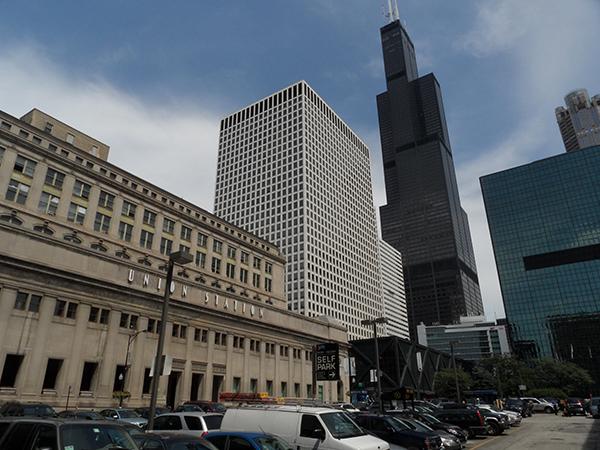
The Political Climate and Mass Transit
Despite the movement toward better designed train stations, cities and designers still face a major challenge: train stations and multimodal facilities, especially those here in the Midwest, are highly political. Thus, the political orientation of a state can make or break its progress with mass transit.
In the past couple decades, I’ve seen industries start to develop because of rail, then get wiped out because of a shift in political leadership or turf wars among municipalities.
Rail providers, municipalities, and architects have some tough barriers ahead of them, but with the right mindset, they can work together to breathe new life into train stations within the Midwest and across the U.S.
Contact us to learn more about train station design or comment below to share your thoughts on this post.
Attribution on leading photo: Chicago Union Station Hall – Velvet [CC BY-SA 3.0 (https://creativecommons.org/licenses/by-sa/3.0)]
